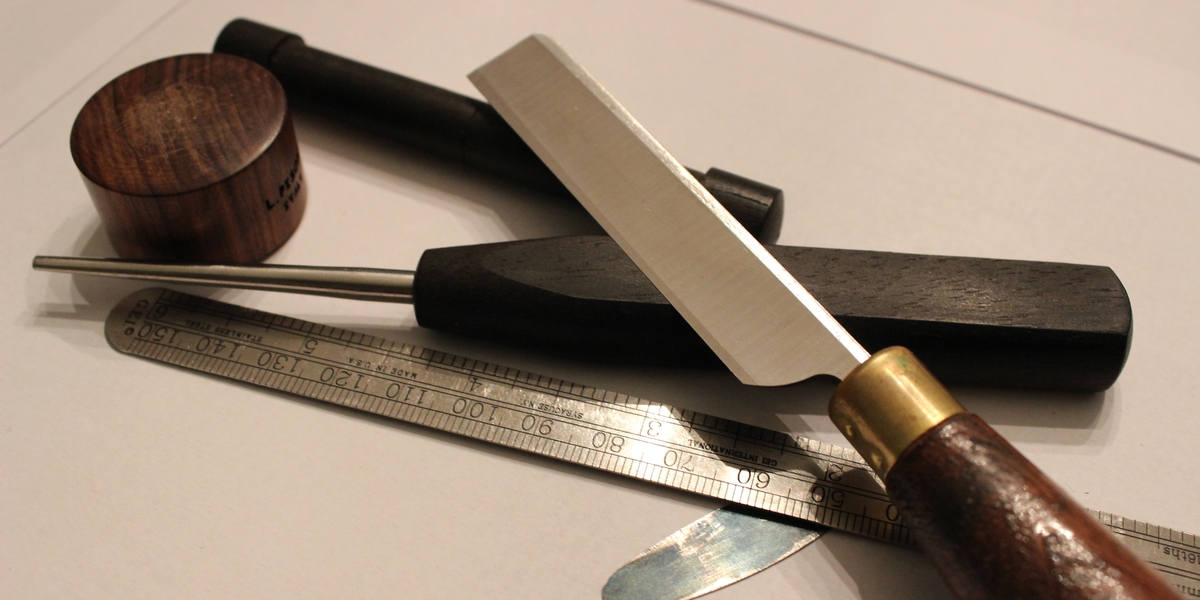Being an instrument that not many people play, there can be a lot of uncertainty surrounding the oboe. These uncertainties extend to the type of reed that is used on the oboe, a double reed, and how to properly take care of them. Following is some basic information about the oboe reed, a crash course if you will.
It is highly recommended that beginning oboists start with private instructors, however, that may not be available to you or your student. If you don’t take private lessons, it can be a bit more tricky to figure these things out.
It can be hard to know what reed to get, why you are having problems with your current reed, etc.
Rest assured, there is plenty of information online that you already have access to.
Let’s hop into the basic information about oboe reeds!
Single vs. Double Reeds
Oboe is a double reed instrument, but what does that actually mean?
All types of clarinets and saxophones are in the single reed family. Joining oboe in the double reed family are bassoon and English horn.
A single reed is a single blade of cane that vibrates against the mouthpiece that it is put on. A double reed has two blades of cane that vibrate against one another, hence the term double reed.
One huge difference between single and double reeds is how you soak the reed. You may notice your friends in the clarinet section merely sticking a reed in their mouth, and then being able to play. This is not the same for double reed instruments!
Since double reeds have two separate blades of cane, they must be soaked in a small container of water.
This is the only way to effectively soak the entire reed - just sticking a reed in your mouth doesn’t distribute water to the inside part of each piece of cane.
The water is an important part of getting the reed to properly vibrate, so this isn’t a step that can be skipped!
Reed Strength
Another difference between single and double reeds is how they are marketed/purchased. With clarinets and saxophones, you can buy a box of ten reeds, whereas you buy oboe reeds individually.
Single reeds also have a hardness level stated on the box, for example, a hardness level of 2.5. That is not the same as double reeds.
You may see some reeds marketed as soft, medium-soft, or hard. This relates to the general thickness of the reeds, however, this isn’ t something that you can “move up the ranks” with and can mean different things to each player. There isn’t a certain age that you should be playing a certain thickness, which is a common misconception.
The reed thickness should be comfortable for the player to play on - if you have a private instructor, please seek guidance from them.
For a beginner, a medium-soft reed is a great fit. Once the player starts to strengthen their embouchure and put more air through the horn, a medium-soft reed will start to fizzle out because it can’t take the amount of air that is going through the reed. This is a great indicator that it is time to try a harder reed strength.
Reed Longevity and Care
Since an oboe reed is so much thinner than a clarinet or saxophone reed, it doesn’t last as long. The lifespan of a reed is determined by how many vibrations the cane can withstand before wearing out.
If a player plays five days a week for thirty minutes, they will go through reeds at a faster rate than a person that only plays three days a week for twenty minutes at a time. Keep that if you or your students are highly motivated - they will need to replace their reeds more often because they are playing more.
The way that you treat your reed also contributes to its lifespan. Things like oversoaking reeds will shorten the lifespan of reeds - no more than 2-3 minutes at any given point.
The temperature of the water while soaking the reed is also important. For the best results, reeds should be soaked in room temperature water. Exposure to cold water will negatively impact the reed’s ability to vibrate and it’s overall lifespan.
Oboe reeds are extremely fragile - so much so that humidity, altitude, and temperature change the way each reed plays.
They are very easy to crack and chip, which is why I would recommend buying an inexpensive reed case that holds 3-4 reeds. When reeds are kept in a reed case, their lifespan increases because they are then less likely to crack and chip.
Different Types of Oboe Reeds
As you may know already, there are a few different types of oboe reeds. You should know about the differences, so that you can determine the best fit for you or your student.
The first type of reed is a machine-made reed. These reeds are typically found at your local music store or are sold by general music stores. These reeds are made on a profiler, with no special attention given to the individual reed. This means that the quality from reed to reed could differ - they aren’t tested for response, intonation, tone quality, or anything of the like.
Hand-made reeds are preferred over machine-made reeds for that very reason. Each hand-made reed is tested for response, intonation, and tone quality. They are more reliable because the reed-maker can determine what each reed needs to work well. Check out my guide to assembling a beginner's oboe reed making kit.
One nice thing about a machine-made reed is the price. Oboe reeds can get expensive quickly, especially when you compare it to single reed prices where you get a box of ten for the price of one oboe reed. Hand-made reeds are a bit more expensive, because you are paying for someone to take the time to make sure that the quality of the reed is good.
Another newer type of reed is the synthetic reed. These reeds are not made of cane, but are made of a longer-lasting alternative material. These reeds can last for months if taken care of properly. Currently Légére, the company that makes these synthetic reeds, only sells European scraped reeds.
This is not something that American oboists would be accustomed to. The European scrape changes the way the reed vibrates and requires a different embouchure altogether. I also find that the dynamic offerings and ability to draw out different tone qualities lack in this type of reed. At this point in time, I would not recommend a synthetic reed to a student.
For beginning oboists, I don't think there is anything wrong with buying the least expensive option on the market. These reeds are going to be machine-made, but will give students exactly what they need as beginners. A great option for beginners is the Jones oboe reed:
I would recommend starting on a medium-soft reed to build embouchure strength and to gain familiarity with the instrument. A reed that is thicker than medium-soft will be too hard for a beginner to make a sound on.
The preferred type of reed is a hand-made reed - you are going to get the best quality for your money. This is an example of a hand-made reed
That is available on the market at a non-specialty shop. I would specifically recommend a reed like this to a more developed player.
For serious players, I would recommend buying reeds from specialty shops like Midwest Musical Imports. Serious players should eventually learn how to make reeds themselves. This is an important step for oboists that also saves money in the long run.
Closing Remarks
All of this information might be overwhelming or seem extraneous. However, in order to get the most out of your money and time, the thoughts above should be taken into consideration.
In general, oboe reeds can be the most frustrating part about playing the instrument. If one type of reed doesn’t work for you or your student, it is worth trying another type to see if that is a better fit.
Hopefully, this article has taken away some of the uncertainty surrounding oboe reeds. While this isn’t an end-all-be-all answer to all things encompassing oboe reeds, there are some valuable nuggets of information that should be taken into account as a beginning or developing oboist.








